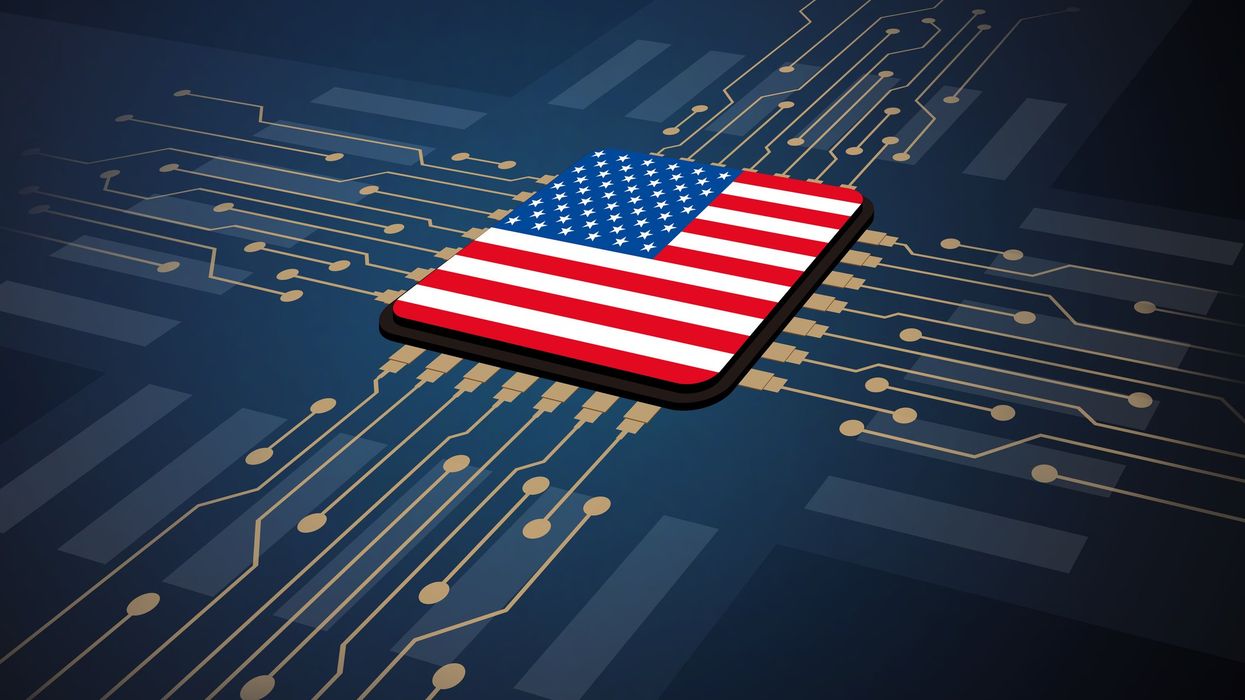
hakule/Getty Images
Business, government, and academia must come together in a collaborative partnership and commitment far beyond the scale in which we are investing now.
U.S. innovation fuels our economic strength and is vital for our national security. Released earlier this month, the National Science Board’s congressionally mandated State of U.S. Science and Engineering Indicators report shows that an accelerating science, technology, engineering, and math talent crisis is imperiling America’s economy and security.
Let’s start with a bit of perspective. The U.S. STEM workforce is now one quarter of the total U.S. workforce — 38 million people at all degree levels who use STEM skills in their jobs, including 19 million skilled technical workers without a bachelor’s degree. That number will only rise as companies expand their STEM workforce and their R&D investments in response to rising global competition. The CHIPS & Science Act is now funding one response to global competition and national security risk — the re-shoring of our semiconductor production.
We need new policies that reinforce and capitalize on one of our nation’s greatest strengths: attracting and retaining top STEM talent from around the world.
Meanwhile, key technological sectors, including semiconductors, artificial intelligence, and cybersecurity, face major challenges in filling urgently needed job openings and making the promise of economic development a reality.
China is gaining on us, and it has articulated plans to increase its R&D investment even further. Indicators data shows that China recently surpassed the United States in research publications and patent applications, and China’s growth in high-impact articles is outpacing its overall growth in publications. These overall trends are also true for the specific field of artificial intelligence — a field that is critical to national security. We cannot risk falling behind.
We must address this crisis now. How?
First, we must increase the flow of domestic talent into the STEM workforce. To start, Congress must fully fund the remaining parts of CHIPS & Science Act — investing in developing the STEM workforce, from pre-K-12 education through skilled technical workers and college STEM graduates to doctoral-level researchers in industry and academia. Sadly, the spending bill that Congress just passed cuts some of our most important science federal agencies, like the National Science Foundation, moving us backward.
Second, we need new policies that reinforce and capitalize on one of our nation’s greatest strengths: attracting and retaining top STEM talent from around the world, including from countries that are emerging science partners. We must do more to entice and enable science and engineering students to work in the U.S. after they receive their degrees.
Third, we need a modern-day National Defense Education Act to spur private and public collaboration and provide the specific skills and talent needed by American industry.
A revamped NDEA would: Invest in pre-K-12 STEM education and increase our STEM teacher supply across the country; build capacity for the gateways into STEM training across the country, including community colleges, technical schools, and other geographically and financially accessible institutions; expand graduate fellowship programs, with a focus on critical and emerging technologies; create national service programs like the Defense Civilian Training Corps and increase scholarships for low-income individuals; and increase options for foreign-born STEM talent to stay after their education and training and reduce barriers for doing so.
This is a national call for action. We need all-hands-on-deck — no group alone can solve this problem. Business, government, and academia must come together in a collaborative partnership and commitment far beyond the scale in which we are investing now. Otherwise, we risk ceding U.S. science and engineering leadership to China, with deep and lasting negative effects on our national security and our economic competitiveness.
Editor’s note: This article was originally published by RealClearDefense and made available via RealClearWire.
Dan Reed
Darío Gil